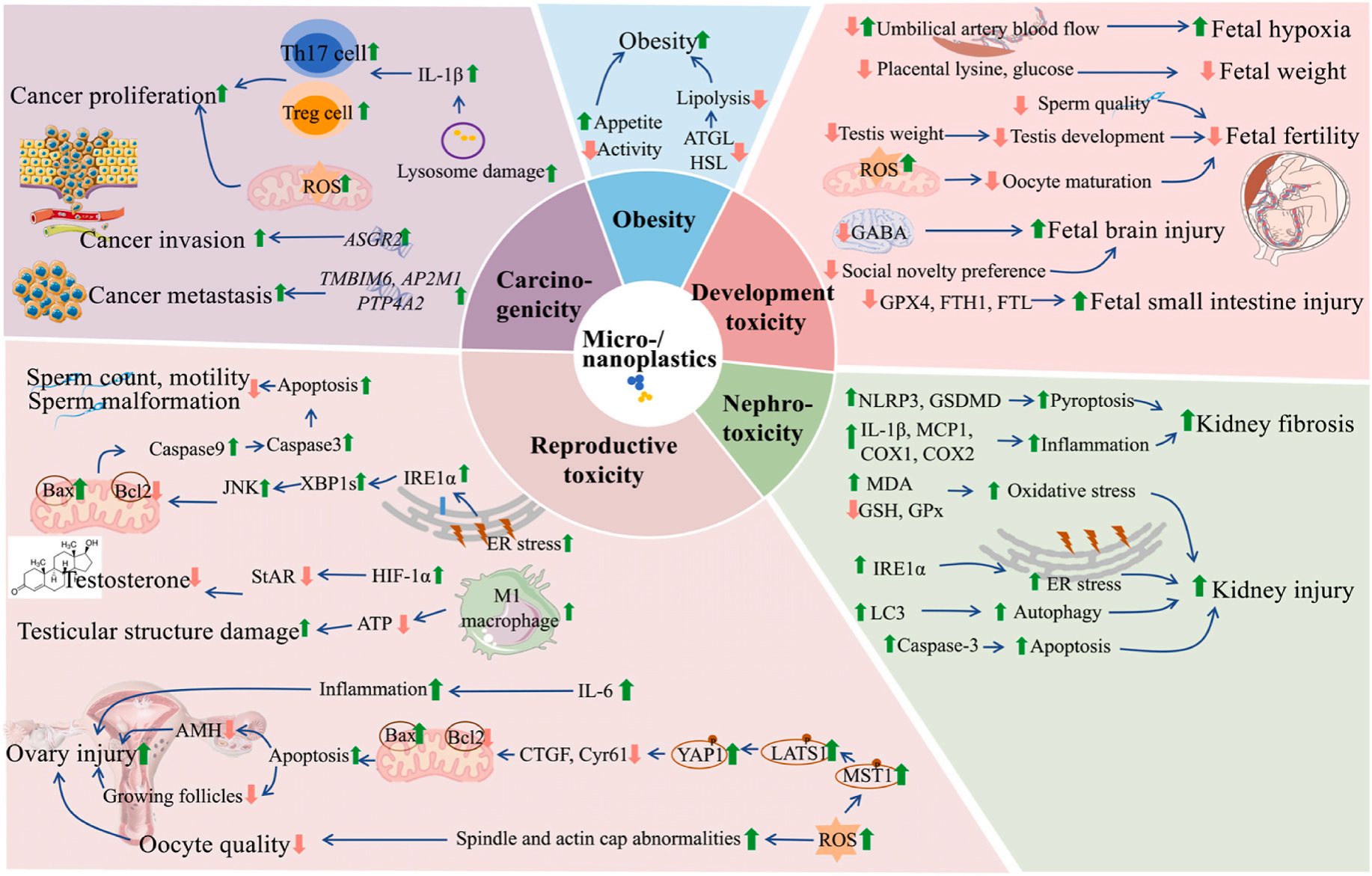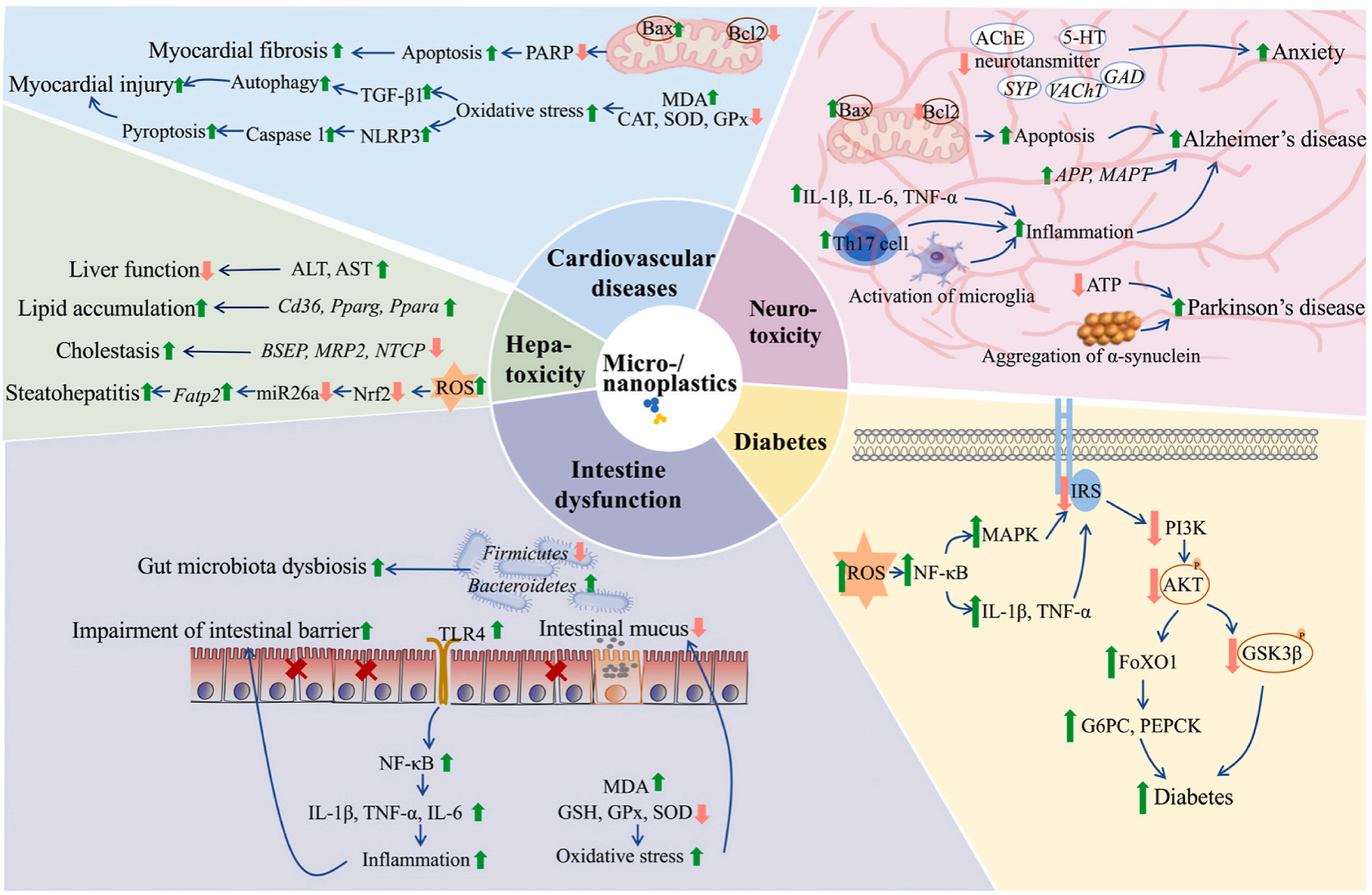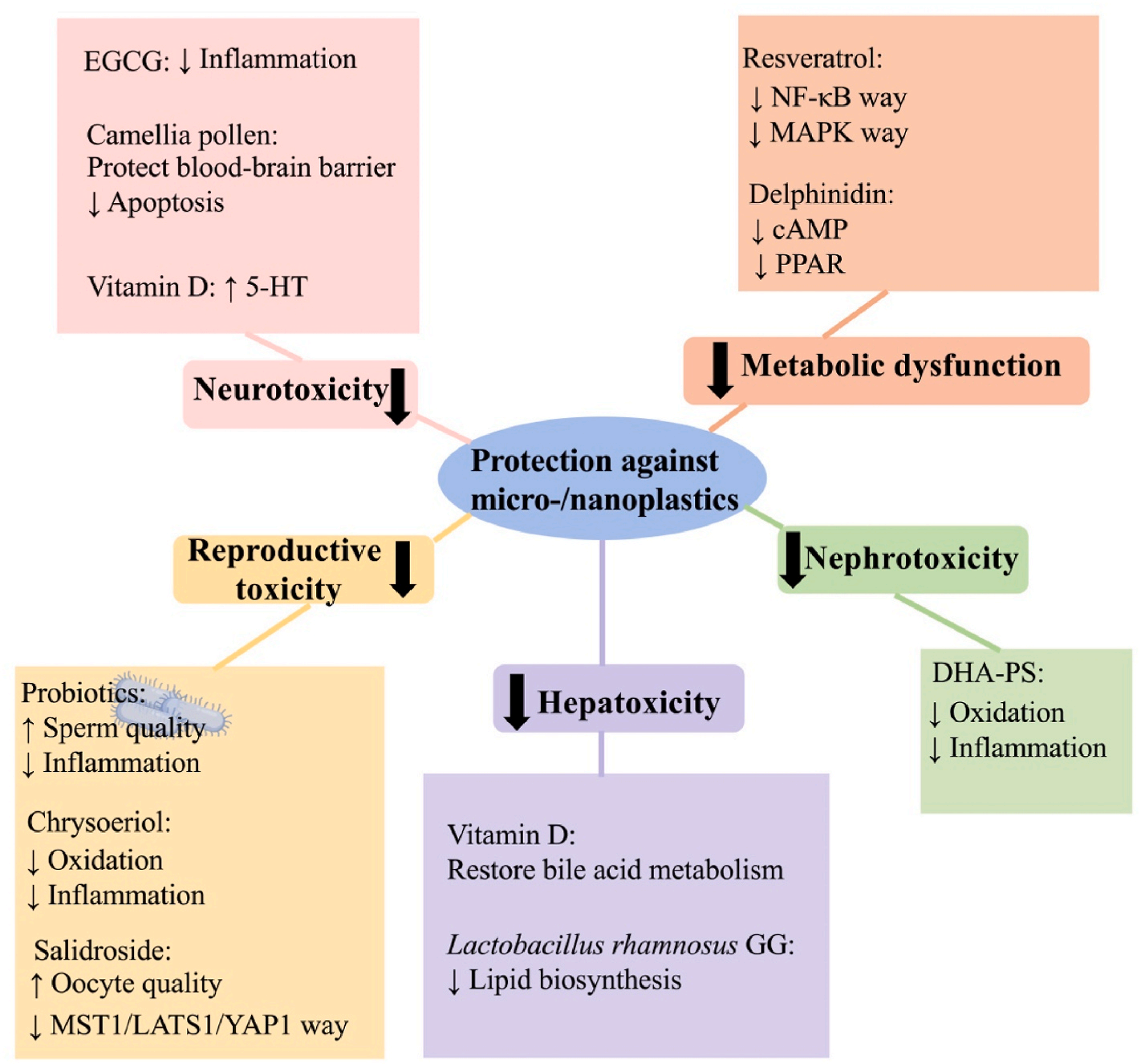On June 7, the global community observes World Food Safety Day under the theme "Food safety: science in action", highlighting science as key to food safety. Co-led by the Food and Agriculture Organization (FAO) and the World Health Organization (WHO) of the United Nations, the observance emphasizes the role of scientific knowledge in preventing foodborne illnesses. By putting science into practice, the campaign aims to reduce health risks, lower costs, and save lives worldwide.
Researchers at SYSU have contributed to the scientific discourse on food safety. Recently, Professor Huabin Li’s team from School of Public Health published a review article titled “Potentially harmful effects of micro-/nanoplastics on humans as well as protective actions of dietary natural products” in Trends in Food Science & Technology, a leading international journal in food science. The study systematically analyzes the latest findings on the potential health impacts of microplastics and nanoplastics, as well as the protective properties of natural dietary components against these contaminants.


The harmful effects of microplastics and nanoplastics

Protective actions of dietary natural products against harmful effects of microplastics and nanoplastics
As public awareness of microplastics increases, so do key questions: Are they present in our food? Could they harm human health? And crucially, how can we mitigate the risks? Marking World Food Safety Day, we sought insights from Professor Li’s team on these pressing concerns.
How close are microplastics and nanoplastics to us?
These tiny particles have been detected in common foods and beverages we consume daily, including drinking water, table salt, seafood, milk, rice, fruits, vegetables, soy sauce, and tea leaves.
Beyond the plastics already present in our food, plastic packaging can release micro-/nanoplastics under high temperatures. Hot meals—such as steaming takeout—can cause containers to shed tiny plastic fragments into food. Microwaving food in plastic containers also leaches numerous plastic particles into meals. Even pouring hot water into a plastic tea bag or disposable paper cup can release micro-/nanoplastics that end up in your drink.
How do micro-/nanoplastics harm our bodies?
Once ingested, these particles can cross the gut barrier, enter the bloodstream, and accumulate in vital organs like the colon, placenta, and heart. Epidemiological studies link their presence to serious health issues such as colorectal cancer, myocardial infarction, stroke, and even increased mortality, showing a direct correlation with these outcomes. Experimental studies in animals and cell cultures have further confirmed that micro- and nanoplastics can induce a range of harms, including liver toxicity, kidney toxicity, neurotoxicity, carcinogenicity, reproductive toxicity, developmental toxicity, intestinal dysfunction, cardiovascular disease, and metabolic disorders.
In essence, these plastic fragments are not harmless: they disrupt organ systems, trigger chronic inflammation and oxidative stress, and contribute to diseases from cancer to diabetes.
How can we assess and mitigate micro-/nanoplastic risks to our health?
The harm caused by these particles depends largely on long-term ingestion levels, so minimizing intake is key to reducing risks.
For example, avoid packaging or serving hot foods in plastic containers—opt for glass or ceramic instead, especially for warm or steaming meals. Similarly, never microwave food in plastic; use microwave-safe glass or porcelain dishes. Boiling tap water is another effective step: heating water to a boil can remove a significant portion of micro-/nanoplastics.
Additionally, certain dietary natural products may help protect against particles that do enter our bodies. Probiotics, resveratrol, salidroside, epigallocatechin gallate (EGCG), vitamin D, and the fatty acid DHA-PS are shown to mitigate health damage from microplastics.
Microplastics and nanoplastics are closer to us than we realize, silently infiltrating the foods and drinks we consume daily. While their potential health impacts are significant, simple measures—such as avoiding plastic contact with hot foods, boiling tap water, and incorporating protective natural products into our diets—can mitigate risks effectively. By staying informed and making these easy changes, we can protect our health and create safer food environments. As part of their ongoing commitment to “science in action,” SYSU scholars will continue leading efforts to uncover hidden risks and develop practical solutions for public health protection.
Source: Cheng Jin from Professor Huabin Li’s team, School of Public Health



